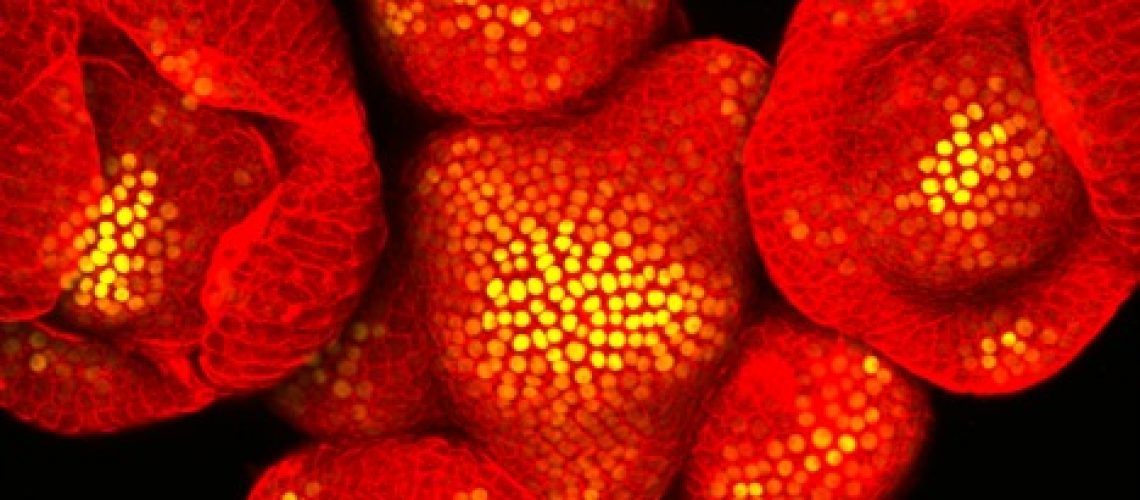Guest Post By Hannah Berry, 2019-2020 Sustainability Leadership Fellow and Ph.D. Candidate in the Department of Bioagricultural Sciences and Pest Management & Department of Cell and Molecular Biology
Art and science have both been major components of my identity ever since I can remember. Both carrying equal weight, I struggled combining art and science as I always thought I had to choose between the two. Science answers my questions but art and creativity spark new ones. Growing up, there was an assumption that if you are creative you must not think analytically, and if you are precise and mathematical, you must not be creative. But art and science are really on a continuum. Yes, there are definitely people who are on either end of the spectrum but there are many more in-between. In graduate school, I have met many scientists that share a passion for the arts that I have begun to wonder if art could be used to address scientific questions and as a form of communication outside of the scientific community.
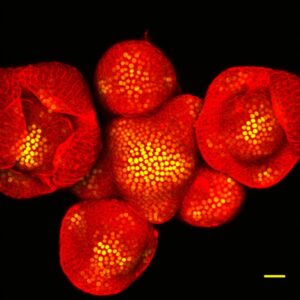
Scientific art can broadly be defined as the blending of two studies that provides useful information to the viewer from a scientific standpoint in a visually appealing way that may involve an emotional response from an artistic view. Through art, scientific developments can be communicated to the public. Typically, our research is published in scientific journals that require subscriptions to access and a background knowledge to dissect the meaning behind carefully chosen words. Art is more accessible and can be shared in diverse online platforms, galleries, and museums. For example, the Nikon Small World Photomicrography Competition is an annual photography and video competition accepting submissions taken with light microscopes exposing the tiny world unseen to the human eye.
This 45-year-old competition showcases the beauty in scientific research with entries ranging from illuminated butterfly scales to fluorescent neurons. Winning photographs of the competition travel across North America in science museums, bringing the competition to the public.
In addition to the Small World competition, artists draw inspiration from science and sustainability, helping to communicate important and interesting discoveries. Explorers and artists including John J. Audubon (1785-1851) and Charles Darwin (1809-1882) used biological illustration to accurately document living organisms on natural science expeditions. These illustrations still carry scientific meaning today to the viewer in a visually appealing composition.
While biological illustration techniques are still used in some fields today, additional art mediums are being used to share scientific concepts. Artist Luke Jerram creates sculptures of viruses, bacteria, and other microbiology specimens out of translucent glass while photographer Craig Burrows photographs plants and flowers using a technique called “ultraviolet-induced visible fluorescence” or UVIVF.
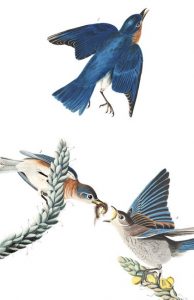
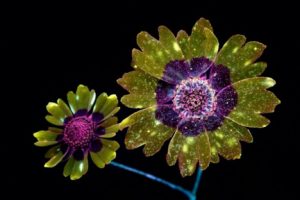
Both artists showcase the unseen or overlooked natural world through beautiful pieces of art. Beyond this, scientific art can also play a role in communicating the environmental impact humans have on our world. In an instillation piece called “Strawpocalypse,” Benjamin Von Wong collected 168,000 discarded straws to create a giant wave, commenting on the impact of this ubiquitous and difficult to recycle plastic used around the world.
In these examples, the art created is influenced by scientific exploration and sustainability, allowing for a more emotional connection to a broader audience while maintaining scientific meaning and gravity.
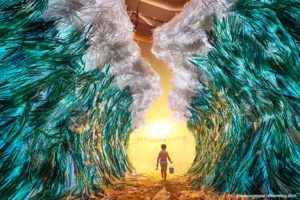
As a graduate student in the Cell and Molecular Biology program at CSU, people rarely ask follow-up questions after asking what I’m studying in school. Sharing my research through art makes the research more approachable and accessible to people who are not in a scientific field. My research focuses on the role plant hormones play to balance plant growth and defense in tomatoes and Arabidopsis thaliana, the lab rat of the plant biology world. During the beginning of my PhD, I struggled to combine my two passions, bogged down by classes, teaching, and research, though I was constantly aware of something missing. Last year, our lab received funding from the National Science Foundation with the outreach component of the grant focused on art in science. I have been able to work with my advisor to develop the initial idea into an art exhibit of biological illustration combined with quantified hormone data of tomato tissues throughout plant development. This exhibit is tentatively scheduled for the Spring 2020 semester, more details to come on the Argueso lab website. I aim to have an interactive component of the show to immerse the local community in scientific art, providing a unique path to communicate the role plant hormones play in plant life while having the chance to be creative. Ultimately, art can be used as a tool to compliment scientific data and development to the public through visually appealing and interesting design.
